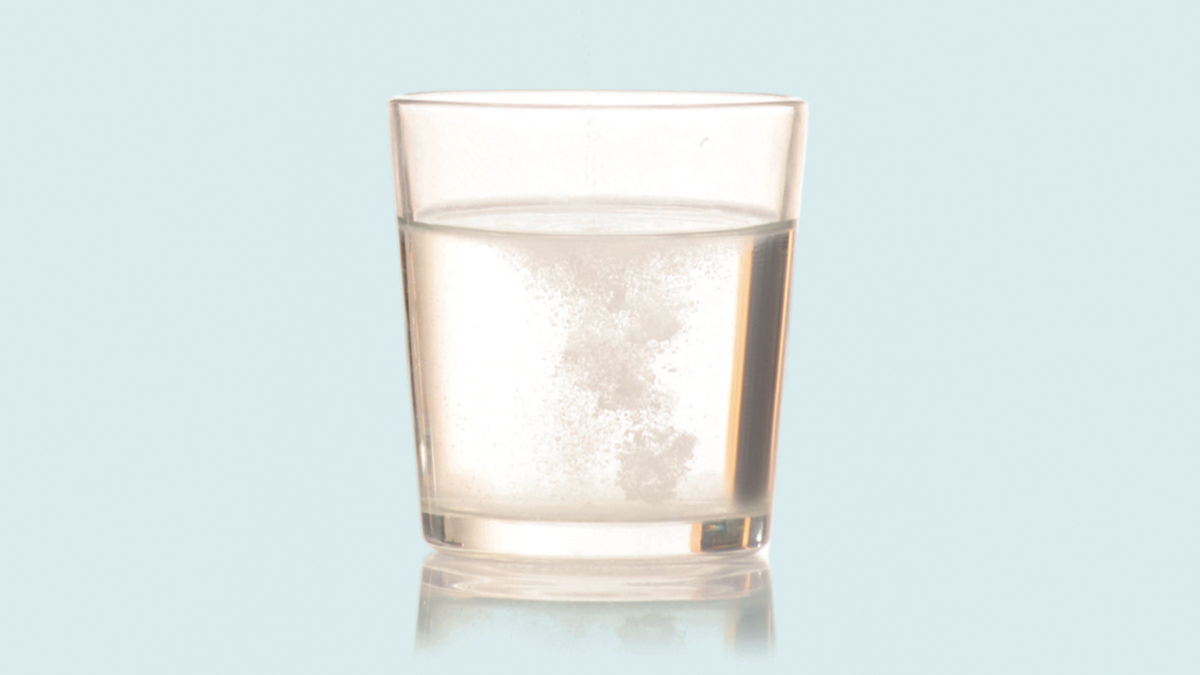Ciara Gavin MPSI provides a clinical overview of some of the more common genito-urinary conditions
For this article, we will look at three common genito-urinary conditions: Cystitis, urinary retention, and urinary frequency.
Cystitis
Cystitis, meaning inflammation of the bladder, is a frequently-seen genitourinary condition that is most commonly the result of a bacterial infection. Cystitis caused by bacterial infections are considered lower UTIs.1,2 Cystitis can occur in both males and females, but is more common in females.1
Females suffer more commonly with cystitis due to the short urethra and the location in proximity to the anus, meaning bacteria can reach the bladder easier.1 UTIs are predominantly caused by bacteria from the gastrointestinal tract entering the urinary tract and Escherichia coli is the most common bacteria implicated.1,2
The most common signs and symptoms of cystitis are:2
? Pain or difficulty urinating.
? Increased urinary frequency and urgency.
? Urine that is strong-smelling, cloudy or contains blood.
? Persistent lower abdominal pain.
UTIs can be once-off or recur. UTIs are considered recurrent after at least two episodes within six months, or three or more within 12 months.2
Although women suffer more commonly with cystitis, more caution is advised for pregnant women and men. Pregnant women are at higher risk of asymptomatic bacteriuria, which is a risk factor for pyelonephritis and premature labour in pregnancy, along with other complications.2
Cystitis, as mentioned above, is less common in males but considered more serious, as it may indicate an underlying bladder or prostate infection or an obstruction in the urinary tract, such as an enlarged prostate or a tumour.1
Treatment
Non-pharmacological treatment
Patients suffering from UTIs should be counselled on lifestyle aids, including drinking plenty of fluids to avoid dehydration,3 wiping from front-to-back after defecation, not delaying urination, and not wearing tight underwear.2
D-mannose, cranberry or urine alkalinising products may be used, but the benefit in treatment has not been established and some products have a high sugar content.2,3
Pharmacological treatment
Antibacterial agents are given based on the severity of the symptoms, risk of complications, previous urine cultures and susceptibility to previous treatment.2
With the exception of pregnant women, asymptomatic bacteriuria is not routinely treated with antibacterials.2
Cystitis antibacterial choice
Women
? Nitrofurantoin if eGFR >45ml/min: 100mg MR twice daily or 50mg four times daily for three days.2,3
? Trimethoprim 200mg twice daily for three days.2,3
? Fosfomycin 3g as a single-dose
sachet.2,3
Pregnant women
? Nitrofurantoin if eGFR >45ml/min: 100mg MR twice daily or 50mg four times daily for seven days.3
? Amoxicillin 500mg three times daily for seven days.3
? Cefalexin 500mg twice daily for seven days.3
Men
? Nitrofurantoin if eGFR >45ml/min: 100mg MR twice daily or 50mg four times daily for seven days.3
? Trimethoprim 200mg twice daily for seven days.3
? If no improvement after 48 hours, consider review for pyelonephritis or prostatitis.3
Female urinary incontinence
As mentioned previously, urinary frequency and urgency is a common symptom of cystitis.2 However, in itself it is also considered a common genitourinary condition.
Urinary incontinence is the involuntary, spontaneous leakage of urine.2 A patient can present with urinary frequency, nocturia, urgency, dribbling or dysuria.4
Urinary incontinence is classified into the categories:
? Stress incontinence — associated with physical activity.
? Urge incontinence and overactive bladder with an uncontrollable sense of urgency.
? Overflow incontinence — a result of urinary retention.
? A mixture of the above.
Urinary incontinence is more common in older populations due to physiological changes occurring, but can also be linked to pregnancy, vaginal delivery, obesity, family history, prolapse, hysterectomy or some medications.2
Treatment
Non-pharmacological treatment
Lifestyle advice should be recommended to patients suffering from stress or urge incontinence. This includes:
? Recommending to reduce caffeine intake.
? Monitoring of fluid intake.
? Those with a BMI over 30 to lose weight.4
First-line treatment for women with urinary incontinence is six weeks to three months of bladder training.2,4 Pelvic floor muscle training should comprise at least eight contractions performed three times per day.4
Pharmacological treatment for female urge incontinence
Anticholinergic medications are first-line pharmacological treatment4 in those in whom non-pharmacological treatment resulted in persistent symptoms.2,4
Prior to commencing anticholinergics, it is essential that a patient’s pre-existing medical conditions and any other medications are reviewed to monitor anticholinergic burden — drug-drug interactions and also drug-disease conditions.2
Anticholinergics offer their effect by blocking the muscarinic receptors on the smooth muscle of the bladder, therefore causing relaxation of the bladder detrusor muscle, causing increased bladder volume and decreased spontaneous contractions.5 Oxybutynin, tolterodine or darifenacin can be trialled first-line.2 Treatment should be reviewed after a minimum of four weeks and again at 12 weeks, and then annually.
If treatment has not been effective, an alternative anticholinergic medication can be used. Alternative anticholinergics include fesoterodine fumarate, propiverine hydrochloride, solifenacin succinate, and trospium chloride.2
Oxybutynin as a patch is an alternative to those unable to tolerate oral medications.2
Mirabegron is an alternative for urinary incontinence in those where an anticholinergic is not recommended or ineffective.2,6 Mirabegron, unlike anticholinergics, works by activating the beta-3 adrenoceptors, causing the bladder to relax, which helps it to fill and store urine.6
Desmopressin can be used to help reduce nocturia in women with overactive bladder who suffer with urinary frequency at night-time, as it slows urine production at night.4,7
Pharmacological treatment for female stress incontinence
Stress incontinence is the most common cause of incontinence in women. Duloxetine can be used in the treatment of stress incontinence, but it is not recommended as first-line treatment. It is used second-line when lifestyle advice and pelvic floor training have failed and surgery is not appropriate.2,4
Urinary retention
Urinary retention is defined by the inability to voluntarily urinate or when a patient cannot empty their bladder completely.2,7
It may be secondary to urethral blockage, drug treatment (such as anticholinergics used to treat urinary frequency), conditions that reduce detrusor contractions or interfere with relaxation of the urethra, or neurogenic causes, postpartum or postoperatively.2
Urinary retention is classified into two groups: Acute and chronic.
Acute urinary retention is when a person is unable to empty their bladder at all, even when it is full. This is considered a medical emergency and a catheter is needed to drain the urine.2,7
Before the catheter is removed, alpha blockers are given for at least two days beforehand to manage acute urinary retention.2
Chronic urinary retention is a gradual development of the inability to empty the bladder completely.2 Catheters can be used as long-term solutions to persistent urinary retention.
Pharmacological treatment using alpha blockers can also be offered in patients with moderate-to-severe symptoms, such as alfuzosin, doxazosin, tamsulosin, silodosin, etc. Treatment should be initially reviewed after four-to-six weeks and then every six-to-12 months.2
For males, the most common cause of urinary retention is benign prostatic hyperplasia (BPH). Males with an enlarged prostate can have symptoms associated with obstruction, frequency, urgency or nocturia.2
In patients with BPH, treatment is determined by severity of symptoms. The main goal of treatment for BPH is to improve urinary tract symptoms, including voiding and storage. The recommended treatment is usually an alpha blocker. The alpha 1 selective adrenoceptor blockers relax smooth muscle in BPH and increase urinary flow-rate.2
In patients with an enlarged prostate, a raised prostate-specific antigen concentration and who are considered to be at high risk of progression are offered a 5 alpha-reductase inhibitor, such as finasteride or dutasteride.
A combination of an alpha blocker and a 5 ? reductase inhibitor can be offered if symptoms remain, such as Combodart (tamsulosin + dutasteride).2,7
References on request.







